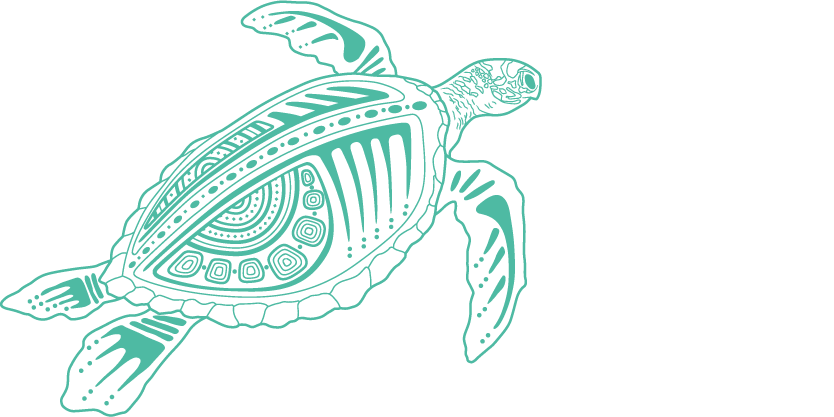An estimated 18 species of dolphin occur in the Region. Dolphins are important top‑level predators that feed on a variety of fish, crustaceans, shellfish and squid. Dolphins can concentrate contaminants in their tissues; high levels of contaminants can be an indication of ecosystem stress. Economically, dolphins are important to tourism and recreational users as iconic marine megafauna. Dolphins are also deeply significant to the culture of many Traditional Owners communities with cooperative fishing having been geographically widespread in eastern Australia 510 and rock paintings of dolphins found across northern Australia.511 Two species of dolphin are culturally significant for the Mandubarra Traditional Owners as indicators for assessing Sea Country health.76
Four dolphin species are known to reside in the Region year-round. The spinner dolphin is found from the coast to the eastern boundary of the Region. The other 3 species, the Australian snubfin dolphin, Australian humpback dolphin, and the Indo-Pacific bottlenose dolphin, inhabit inshore waters. Another 14 species are occasionally sighted in the outer waters of the Reef. Data for these species and the extent to which they are resident within the Region are limited. All dolphin species within the Region are protected by legislation.
There are no Region-wide abundance assessments for Australian humpback and snubfin dolphins, and estimates for discrete populations show they occur in generally low numbers (less than 150 individuals) at low densities.512 Population sizes of bottlenose and spinner dolphins in Great Barrier Reef waters are unknown and no trend data exist for any of the 4 coastal dolphin species.


